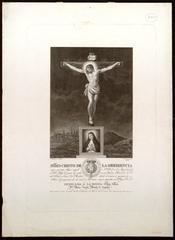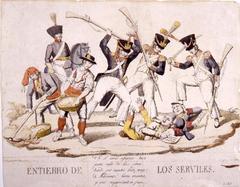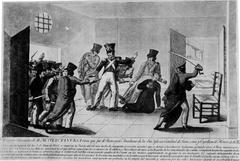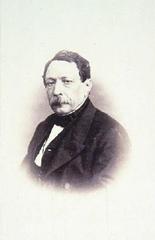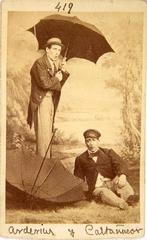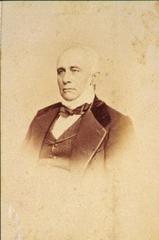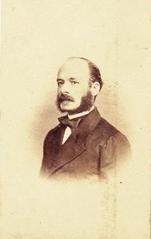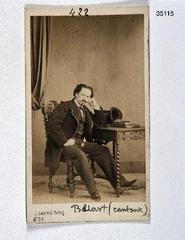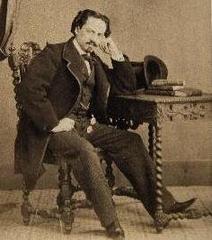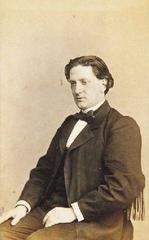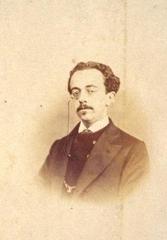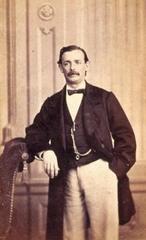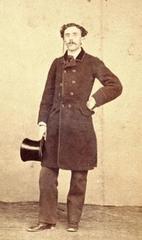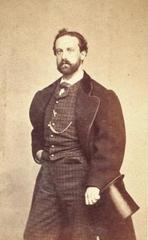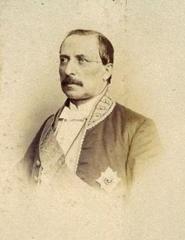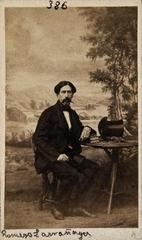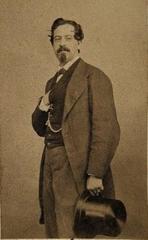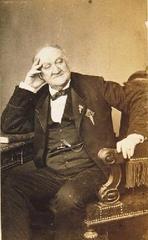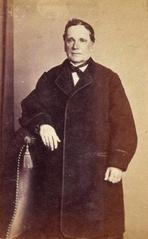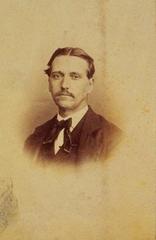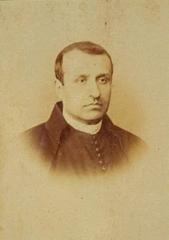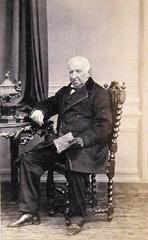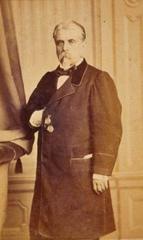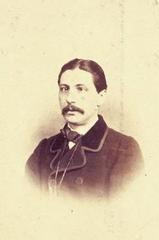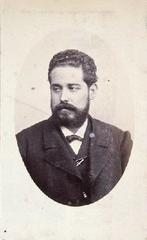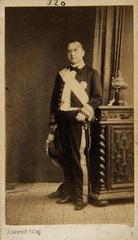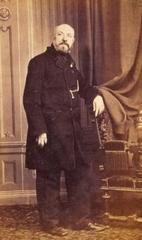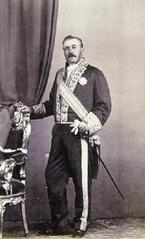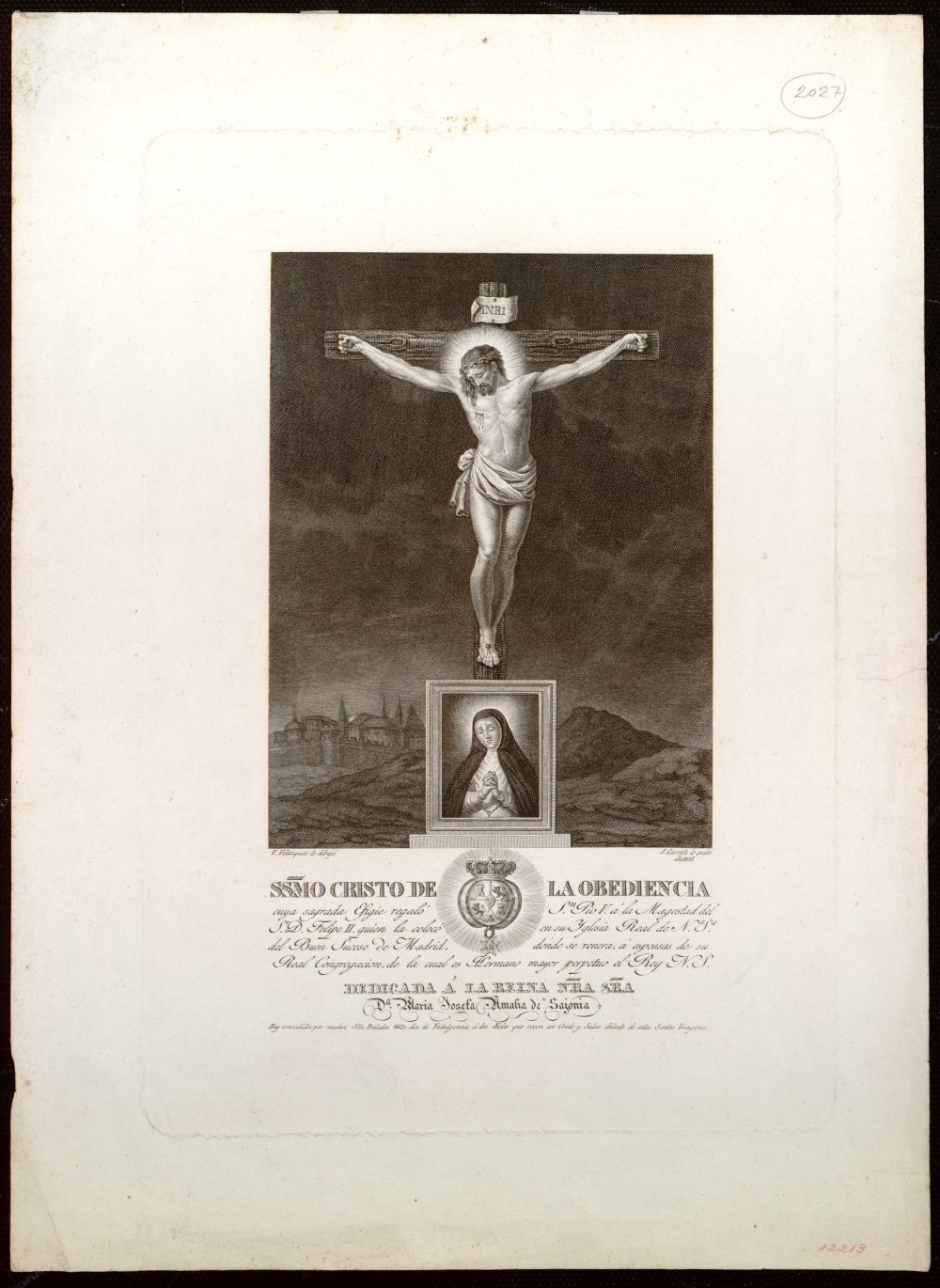
Museo de Historia de Madrid: Visiting Hours, Tickets, and Historical Sites Guide
Date: 14/06/2025
Introduction
Nestled in the vibrant heart of Madrid, the Museo de Historia de Madrid is a premier destination for travelers seeking to understand the city’s evolution. Housed in the historic former Royal Hospice of San Fernando—a Baroque masterpiece designed by Pedro de Ribera—the museum takes visitors on an immersive journey from Madrid’s designation as the capital in 1561 to its emergence as a bustling European metropolis. With a rich collection of over 60,000 artifacts ranging from Goya paintings to intricate urban models and everyday objects, the museum offers profound insight into the city’s social, political, and cultural transformation. Admission is free, and its central location ensures easy access via major metro stations like Tribunal. This guide covers everything you need to plan your visit: opening hours, ticketing, highlights, accessibility, and tips for making the most of your experience. (Museo de Historia de Madrid Official Website; Introducing Madrid; CityLife Madrid)
Table of Contents
- Introduction
- Origins and Architectural Heritage
- Transformation into a Museum
- Collections and Thematic Highlights
- Visiting Hours and Tickets
- Accessibility and Visitor Services
- Special Events and Educational Programs
- Location and Getting There
- Must-See Exhibits
- Frequently Asked Questions (FAQ)
- Nearby Attractions
- Conclusion and Call to Action
- References
Origins and Architectural Heritage
The museum is housed in the former Royal Hospice of San Fernando, a Baroque building dating back to 1673 and completed in the early 18th century under Pedro de Ribera. Its elaborate façade, adorned with intricate reliefs and sculpted figures, stands as a testament to Madrid’s architectural splendor. Originally established as a hospice, the building reflects the city’s historical commitment to social welfare.
Transformation into a Museum
The transition from hospice to museum began in 1929, aligning with a broader movement to preserve Madrid’s urban history. Officially renamed the Museo de Historia de Madrid in 2007, the institution now chronicles the city’s journey through centuries of growth and change, featuring artifacts that narrate Madrid’s unique story.
Collections and Thematic Highlights
The museum’s extensive permanent collection is organized chronologically and thematically, offering a nuanced perspective on Madrid’s urban development:
- Paintings and Sculpture: Including works such as Francisco de Goya’s “Allegory of the City of Madrid,” along with portraits and genre scenes reflecting the city’s society.
- Maps and Urban Models: Featuring the renowned 1830 scale model by León Gil de Palacio and historical maps like the Teixeira Map (1656), these exhibits visually narrate Madrid’s expansion and urban planning (Nomadic Matt).
- Decorative Arts: Showcasing porcelain from the Real Fábrica del Buen Retiro, period furniture, fans, and silverwork.
- Photographs and Postcards: Documenting daily life and urban transformation from the 19th century onwards.
- Numismatics and Medals: Coins and medals illustrate Madrid’s economic, civic, and political milestones.
Special thematic sections highlight the Enlightenment, the city’s modernization, and its experiences during periods of crisis and industrialization. Temporary exhibitions frequently enrich the permanent displays, offering fresh perspectives on Madrid’s heritage (Madrid.es).
Visiting Hours and Tickets
- Opening Hours:
Tuesday to Sunday: 10:00 AM – 8:00 PM
Closed Mondays and select holidays (January 1, January 6, May 1, December 24, 25, and 31). Summer hours may end at 7:00 PM (Introducing Madrid; WhichMuseum). - Admission:
Free for all visitors; no tickets required (Spain Awaits; WhichMuseum).
Accessibility and Visitor Services
The Museo de Historia de Madrid is committed to inclusivity:
- Physical Accessibility: Step-free access, elevators, and accessible restrooms are available. Some historic areas may have limitations, so visitors with mobility needs should contact the museum in advance (esmadrid.com).
- Audio Guides: Available in several languages, these provide essential context, especially as most exhibit labels are in Spanish (WhichMuseum).
- Guided Tours: Multilingual guided tours can be arranged on request; advance booking is recommended.
- Family-Friendly: The museum welcomes families, with engaging highlights like the scale model and interactive exhibits.
Special Events and Educational Programs
The museum routinely offers:
- Temporary Exhibitions: Focusing on diverse aspects of Madrid’s heritage.
- Workshops and Lectures: For all ages, including school groups and researchers.
- Cultural Events: The historic chapel hosts concerts, talks, and community gatherings (Museo de Historia de Madrid, official brochure).
Check the official website or WhatsApp channel for current programming.
Location and Getting There
- Address: Calle Fuencarral, 78, 28004 Madrid (Lonely Planet)
- Metro: Tribunal (Lines 1 and 10), Bilbao (Lines 1 and 4), and Alonso Martínez (Lines 4, 5, 10)
- Bus: Nearby lines include 3, 21, 37, 40, 147, and 149
- Parking: No dedicated parking; use nearby public parking garages (Barceló recommended)
- Walking Distance: Easily reachable from Gran Vía, Plaza del Callao, and the Museum of Romanticism
Must-See Exhibits
- Scale Model of Madrid (1830): An intricate miniature cityscape by León Gil de Palacio (Introducing Madrid; WhichMuseum)
- Goya’s “Allegory of the City of Madrid”: A masterwork on the first floor (Lonely Planet)
- Caricatures of the Napoleonic Occupation: Satirical art chronicling Madrid’s experience during the French occupation
- Historic Chapel: An architectural highlight and cultural venue (Introducing Madrid)
- Thematic Galleries: “Madrid, city, court, and capital of two worlds,” “Madrid, illustrated center of power,” and “Madrid, the dream of a new city” (WhichMuseum)
Frequently Asked Questions (FAQ)
Q: What are the opening hours of the Museo de Historia de Madrid?
A: Tuesday to Sunday, 10:00 AM to 8:00 PM (summer hours may end at 7:00 PM). Closed Mondays and select holidays.
Q: Is admission free, and do I need a ticket?
A: Yes, admission is free for everyone, and no tickets are required.
Q: Is the museum accessible for visitors with reduced mobility?
A: Most areas are accessible—contact the museum ahead for specific needs.
Q: Are audio guides available?
A: Yes, in several languages; highly recommended for non-Spanish speakers.
Q: Can I take photos inside the museum?
A: Non-flash photography is permitted in most areas; check for specific restrictions.
Q: What are the best times to visit?
A: Weekday mornings tend to be less crowded.
Q: What nearby attractions are worth visiting?
A: Museum of Romanticism, Gran Vía, Estación de Chamberí, Plaza del Callao.
Nearby Attractions
Take advantage of the museum’s central location to explore:
- Museum of Romanticism: 19th-century art and lifestyle museum, 165 meters away
- Gran Vía: Iconic shopping and entertainment boulevard, less than 800 meters away
- Estación de Chamberí: Historic metro station turned museum, about 760 meters away
- Plaza del Callao: Bustling square and commercial center
Conclusion and Call to Action
The Museo de Historia de Madrid stands as one of the city’s most compelling historical sites, offering a captivating look at Madrid’s past in an architecturally stunning setting. With free admission, extensive collections, and convenient location, it’s an essential stop for history lovers, art enthusiasts, and curious travelers alike. To enhance your visit, download the Audiala app for audio guides and up-to-date museum information, and follow the museum’s social media for news on exhibitions and events.
Plan your visit today and journey through the centuries at the Museo de Historia de Madrid!
Visuals and Resources
- Include high-quality images: the Baroque façade, the 1830 scale model, Goya’s painting, and the historic chapel, each with descriptive alt text (e.g., “Museo de Historia de Madrid Baroque façade”).
- Use an interactive map for navigation and nearby attractions.
References
- Museo de Historia de Madrid Official Website
- CityLife Madrid
- Nomadic Matt
- Introducing Madrid
- Spain Awaits
- Lonely Planet
- esmadrid.com
- WhichMuseum
- Museo de Historia de Madrid Facebook
